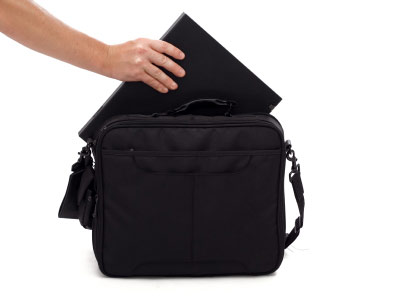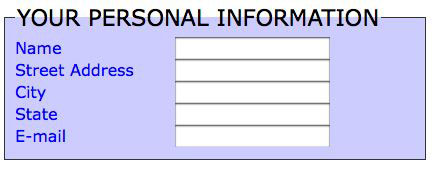The big hoopla this week in the world of technology came from Google’s I/O conference. Among the announcements was one about Google Web Elements. What are they and what can you do with them?
Google Web Elements are widgitized versions of Google products such as calendars, chat, maps, custom search, YouTube news, and docs. You can add these widgets to your site or blog. Most of the widgets were already available. Now they’ve been aggregated in one spot. YouTube News is a newly added item.
It’s very easy to use one of these widgets. Making a map widget took about three seconds. I entered the address of the New Mexico State Capitol, commonly called The Roundhouse. I selected a satellite map display. Google handed me a bit of code, which I copied to get this map. If you close in on the map, you’ll understand the nickname.
Denise Wakeman at Biz Tips Blog described making a map widget in Google Launches Web Elements for Your Blog.
Have an event you’re promoting and want to include a map on the registration page or in a blog post? Choose the size map you want, type in the address, a title for the location and you immediately get the HTML to paste in your blog. Nothing could be easier. (click on the image to get the full size graphic)
Since Google Docs can be widgitized, you can embed a spreadsheet or a presentation in a web page.
The custom search widget lets you choose an option that will add AdSense for the search. I didn’t choose that option for this example, but you might want it for your own blog. You’re going to get Google ads no matter what. You don’t have to tell Google anything, even the URL of your site, to get search code. Try the search right now. When you’re finished use the small x beside the Search button to close the search. You don’t have to tell Google anything, even the URL of your site, to get search code.
Loading
Widgets are nothing new. You may already have ways to do what Google wants you to do using their products. The Conversation Element, which allows chats on your site, is similar to a FriendFeed widget. A Google Docs Presentation widget is similar to SlideShare services.
Barb Dybwad at Obsessable, commented in Google launches Web Elements suite, embeddable widgets for integrating Google products to your site. She included some tweets on the topic and explained the Conversation Element.
A “Conversation” widget allows readers to post comments and videos that can become shared global threads via Google Friend Connect.
Kate Green, reported on Google’s announcement for Techology Review in Google Launches Web Elements.
In the spirit of simplifying software, Google announced a new way to easily integrate its products, like News and Maps, into a personal website. The offering is called Web Elements and was demonstrated today at the Google I/O developer conference in San Francisco.
At the event, DeWitt Clinton, the technical leader on Google’s developer team, illustrated how to use Web Elements within a blog. He embedded a Google News feed, a map, and a live conversation widget in about the same amount of time it takes to embed a YouTube video. While similar tools have been available for some time, it’s interesting to see Google’s take on letting users easily add some of its popular products to their sites. Currently there are eight products available, with the possibility of more to come.
Do Google Web Elements have any advantages over all the other widgets available already? If you are a Google Docs user, they might make things easier to share, especially presentations. They should work on most blogs and web sites. I’m not ready to say that they are superior to any other widget choices, but they are sure easy to use.
Cross posted at BlogHer.



